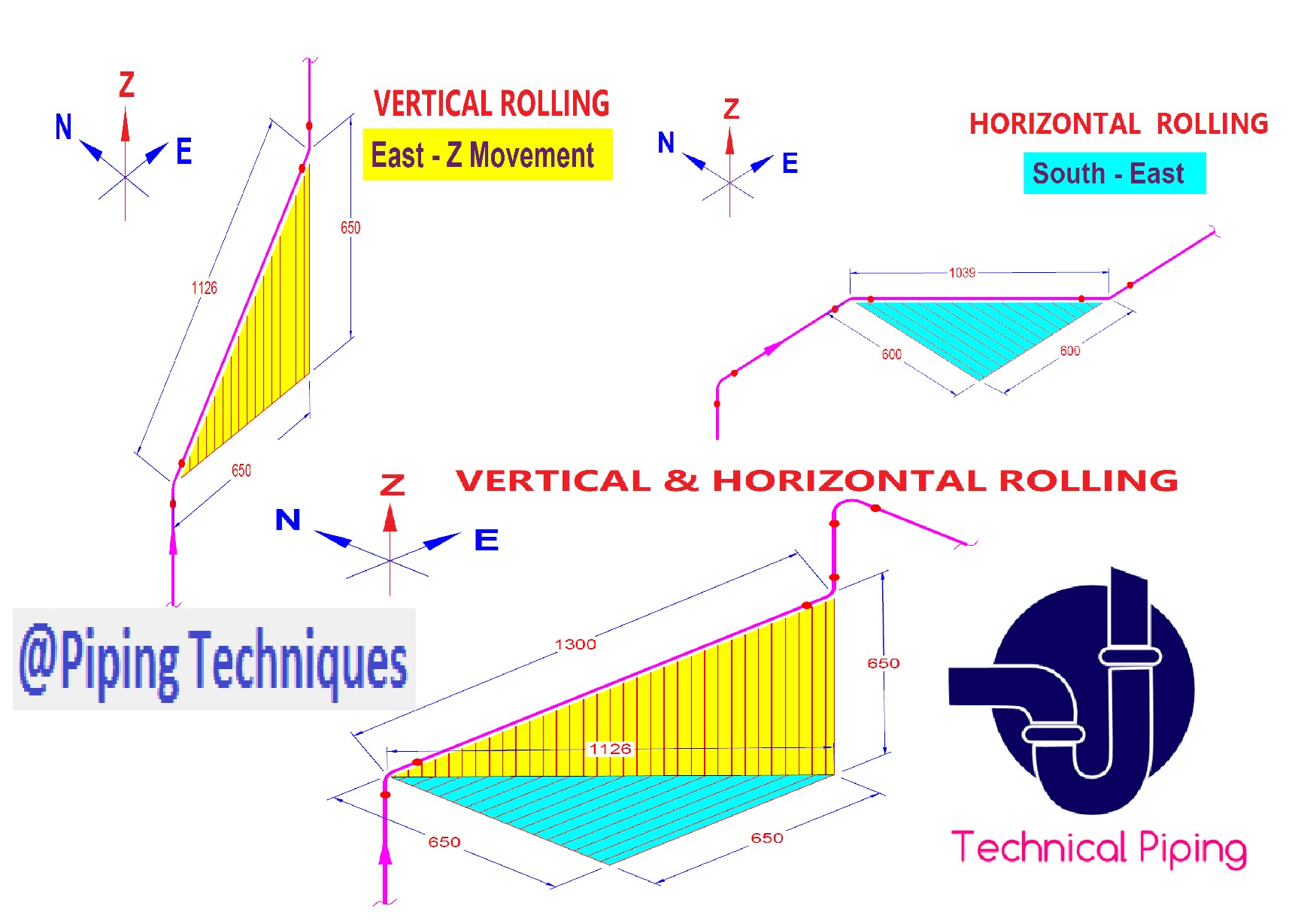


The circuit is then pressured up with air, and then rapidly vented out at an open end with the vessel in the circuit acting as an air reservoir to sustain the blow over a longer period. To achieve this it is normal to include some large volume vessel (reactor, column, etc.) in the circuit to be blown. In air blowing pipe-work, the objective is to maintain a high air velocity through the line for an extended period. Air blowing in a LNG facility also serves the purpose of removing free water from the piping in order to prevent excessive use of gas for defrosting. It is also used on large bore systems where a sufficient flow of water is not possible. This system of cleaning is used on sections of the LNG facility where it is necessary to keep the pipe-work dry, such as Propane, Mixed Refrigerant (MR), Natural Gas (NG) circuits and Instrument Air (IA) lines. In this technique a large-volume, clean system is selected as an air reservoir (a vessel or large-bore piping such as a reservoir header) and used to store dry air, which is then released into smaller open-ended piping systems where the velocity will significantly exceed the normal operational velocity, thus resulting in. View full-textĪir Blowing is one of the most efficient methods of cleaning piping systems. This article focuses on the importance of pneumatic pressure testing of piping system transporting hydrocarbons (Natural Gas in particular) as a clean and safer method ensuring the system is built tight. Pressure testing is a method used to perform strength and leak tests of a pipeline involved in hydrocarbon transportation. All these pipelines inside the LNG train should be leak proof to avoid any release of hydrocarbon to atmosphere during normal plan operation. The liquefaction of Natural Gas is carried out in facilities called as LNG trains which has a complex network of pipelines running between different sections inside the train. This temperature drop liquefies the natural gas, making transportation possible at atmospheric pressure in the form of LNG.

Natural gas is liquefied by lowering the temperature of the hydrocarbon to approximately-260oF. One such transportation is by liquefying the natural gas, called as Liquefied Natural Gas (LNG).

The next step in processing is determined by what type of transport the gas will undergo, and specifications are met according to the transportation system. separation processes to remove water, acid gases and heavy hydrocarbons from the recovered natural gas. Whether staying in its gaseous state or being transformed into a liquid, natural gas from the well must undergo. Composition of the natural gas defines how it will be processed for transport. In reservoirs, natural gas is found in three states-i.e.-non-associated, where there is no oil contact gas cap, where it is overlying an oil reserve and associated gas, which is dissolved in the oil.


 0 kommentar(er)
0 kommentar(er)
